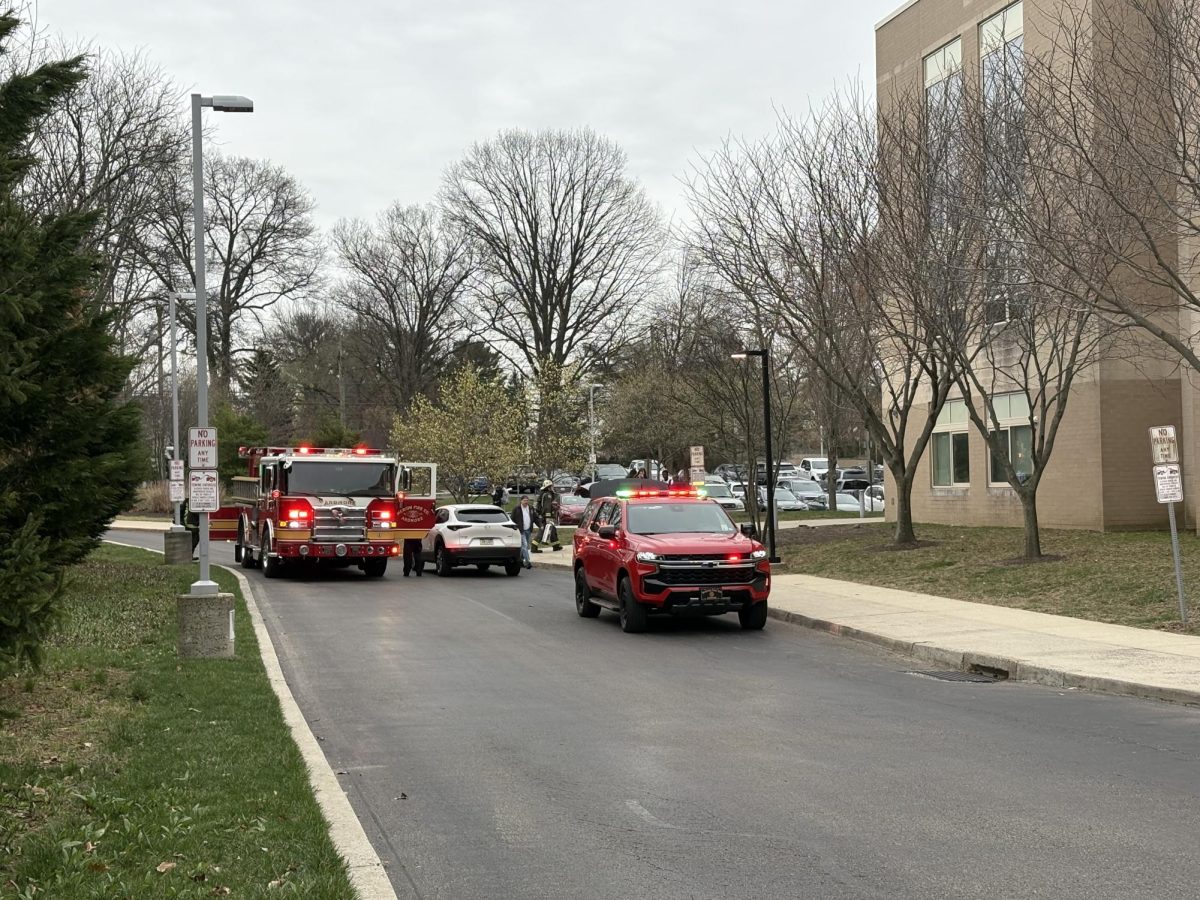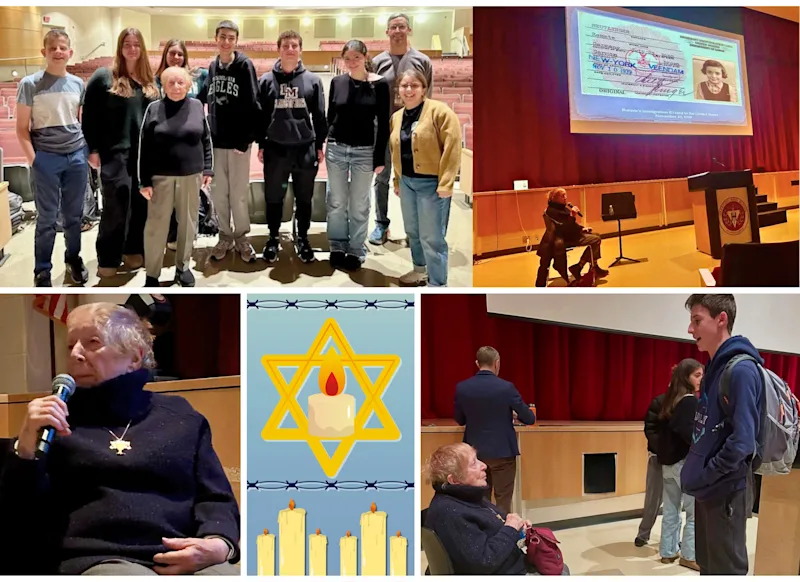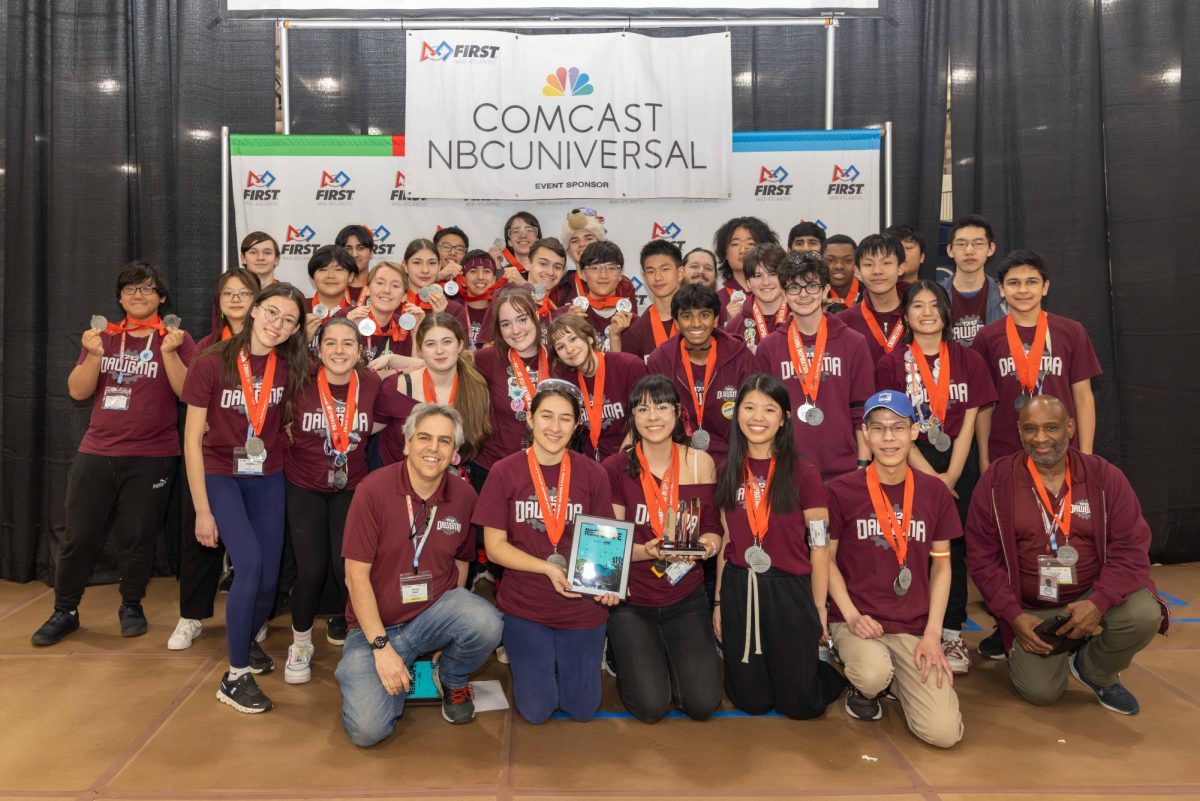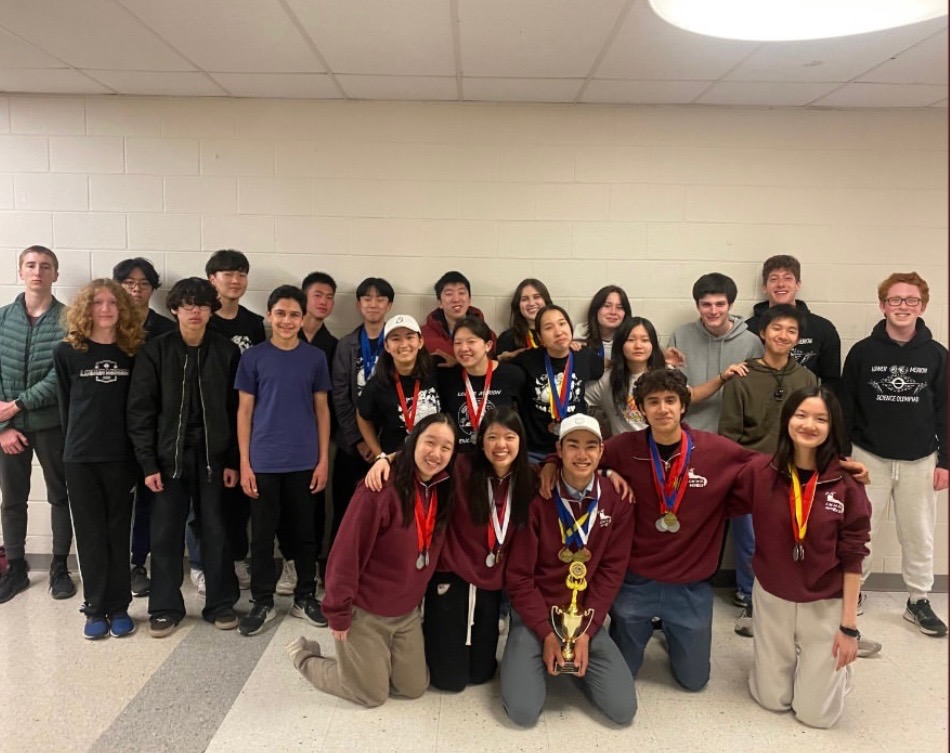
On February 22, LM Computer Science Club hosted their fifth annual Girls Hackathon. The event aimed to encourage girls at LM and numerous schools in the surrounding area to continue their journey in computer science and shed light on the possibilities the field holds for them. The event was sponsored by Susquehanna International Group (SIG) and brought together over twenty teams of varying experiences to compete in creating their own version of a New York Times word game. Besides the main competition, the day also included speakers from SIG who shared their experiences in computer science, lessons on game creation, and engaging games for students to partake in. The event’s mission was to showcase the importance of diversity and to keep women engaged in a male-dominated field. The creative thinking and complex code that teams were able to implement, even in such a short amount of time, were reflective of the value that women bring to computer science and the purpose behind GirlsHack.
The day began with a presentation from LM students and SIG speakers. Ally Hummel, a software engineer at SIG, shared her journey in computer science from highschool to her current position and gave students a look at available paths in the field. She spoke on her experience as a woman in computer science and some of the obstacles she encountered as part of multiple teams where she was the only female. The importance of diversity in any area of study is undeniable and the underrepresentation of women in computer science is evident not only in LM, but in the field as a whole.
Apart from helping students with coding, SIG helpers also gave the girls the opportunity to ask questions about their experiences throughout the event. Teams then spent the next two and a half hours coding their games. They brainstormed unique ideas and applied their programming knowledge to build off of their pick of starter code, written by LM students, and transform it into their own unique version of these well-known and beloved word games. Two starter codes were presented, giving students the choice to create either a Connections or Wordle-based game and the idea of using these structures merely as a jumping-off point was stressed throughout the entire process. A large part of what made the event successful was the creativity that competitors were able to demonstrate through their work. These students went beyond the basic game structure and added their own unique elements to create very impressive products. Winners were selected to represent three categories: creativity, implementation, and best overall game.
Creativity focused on the visual aspect of the game and the originality of the idea. The winner in this category, a group from Haverford High School, presented a variation of Wordle where guesses were numbers and highlighted colors signaled if each number in the series was too low, high, or just right. This team came from very little experience but were able to create a highly impressive game in just under three hours. Implementation was based on compilation, problem solving, and format. The winner in implementation, also from Haverford High School, showed off their highly organized Wordle adaptation that began with a scrambled word and had the user slowly unscramble it with each guess. Finally, the overall winners from West Chester East High School presented their “Seasonal Wordle” where each new game included visuals and a word that corresponded to a season of the year. This game also featured a keyboard display like that in the actual NYT Wordle. All projects were highly impressive in regards to the time given, the experience of competitors, and the complexity of the code. Overall, these projects exhibited the possibilities in store for a very talented and creative generation of female coders. “Every group was very visibly proud and happy with what they created, which was a huge goal for us,” said Jordan Levinson ’25, an organizer of the event, “It’s always interesting to see the different directions people take, especially when they’re put in an environment as welcoming as we try to make Girls Hack.”
GirlsHack was designed to encourage girls’ continued passion in computer science and spark their interest in possible futures in the field. “Underrepresentation of girls in computer science is an issue not only at LM, but nationally,” said Thomas Swope, one of the computer science teachers who started Girls Hack. Creating a collaborative and fun learning opportunity centered around a video game competition was the day’s overarching goal. The organizers hope to inspire girls to continue their journey in computer science and demonstrate the value of diversity in innovation.







